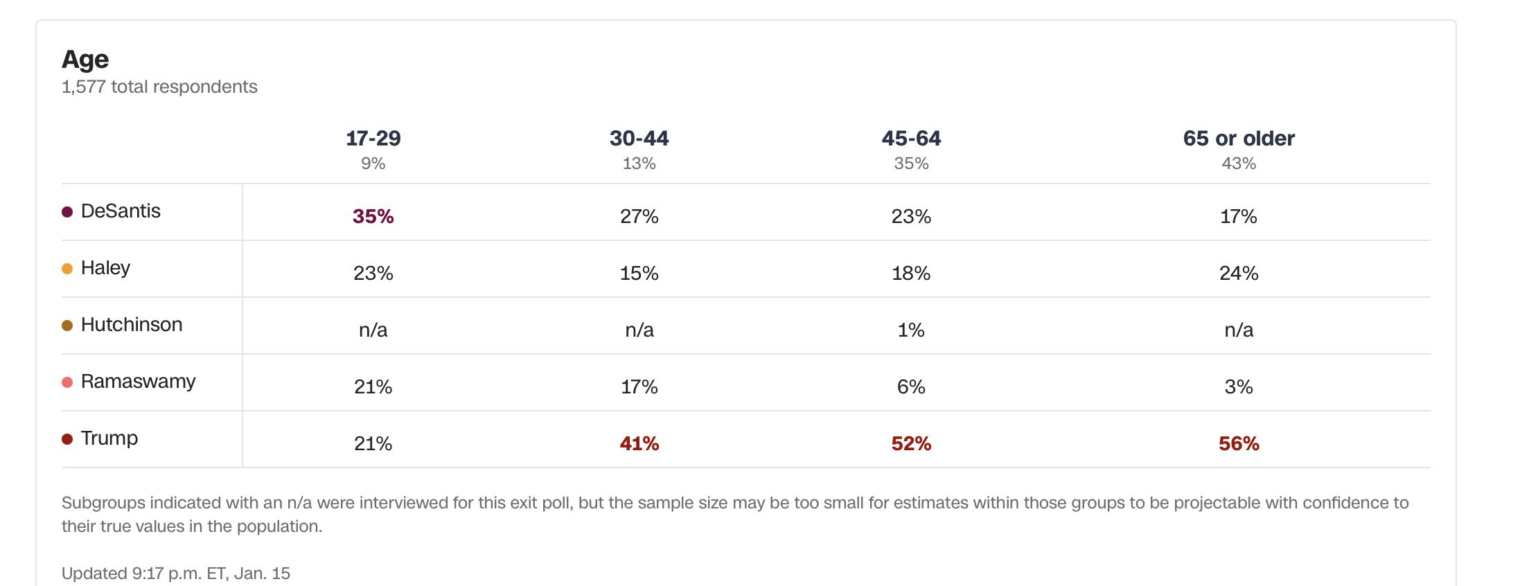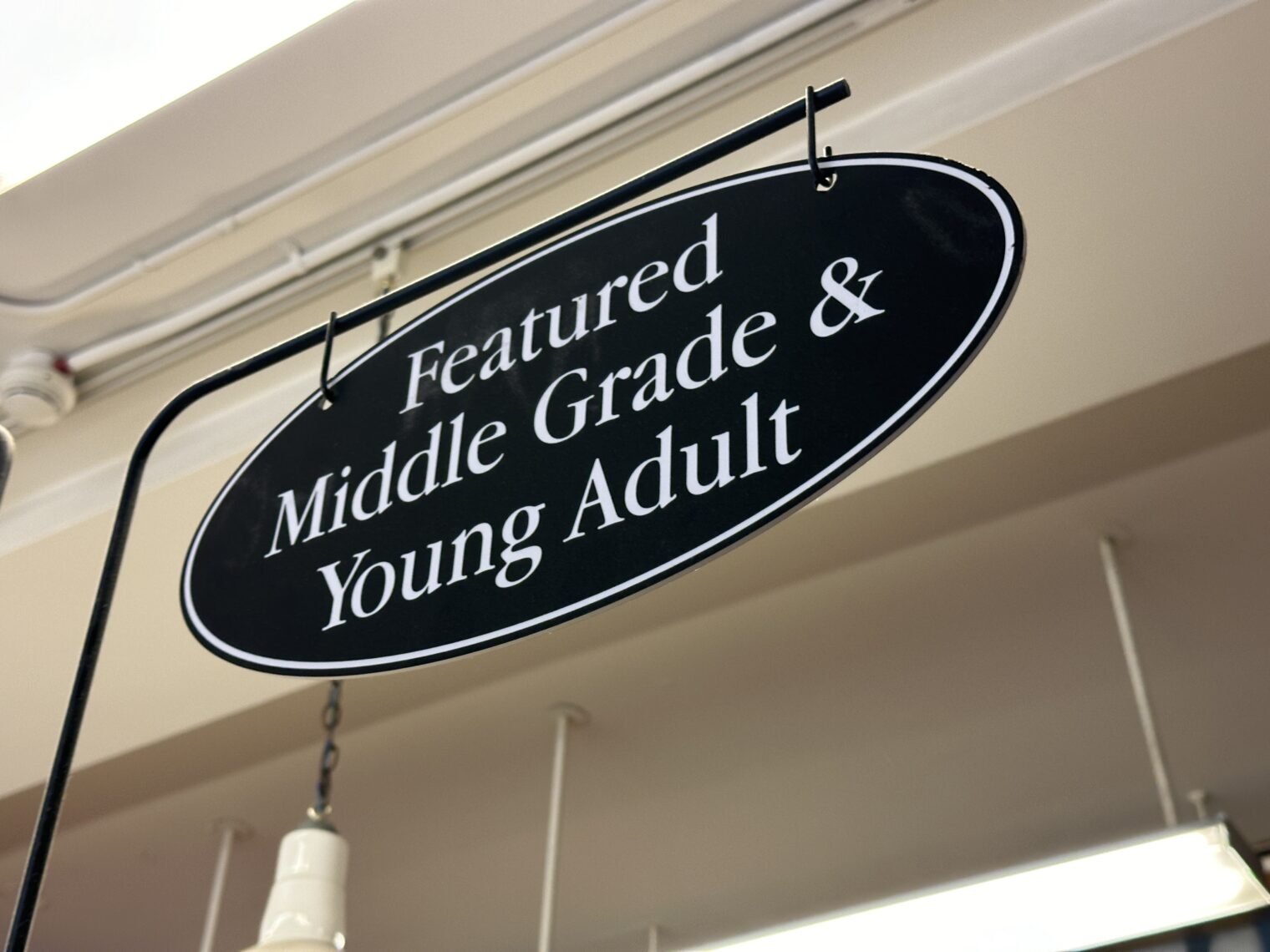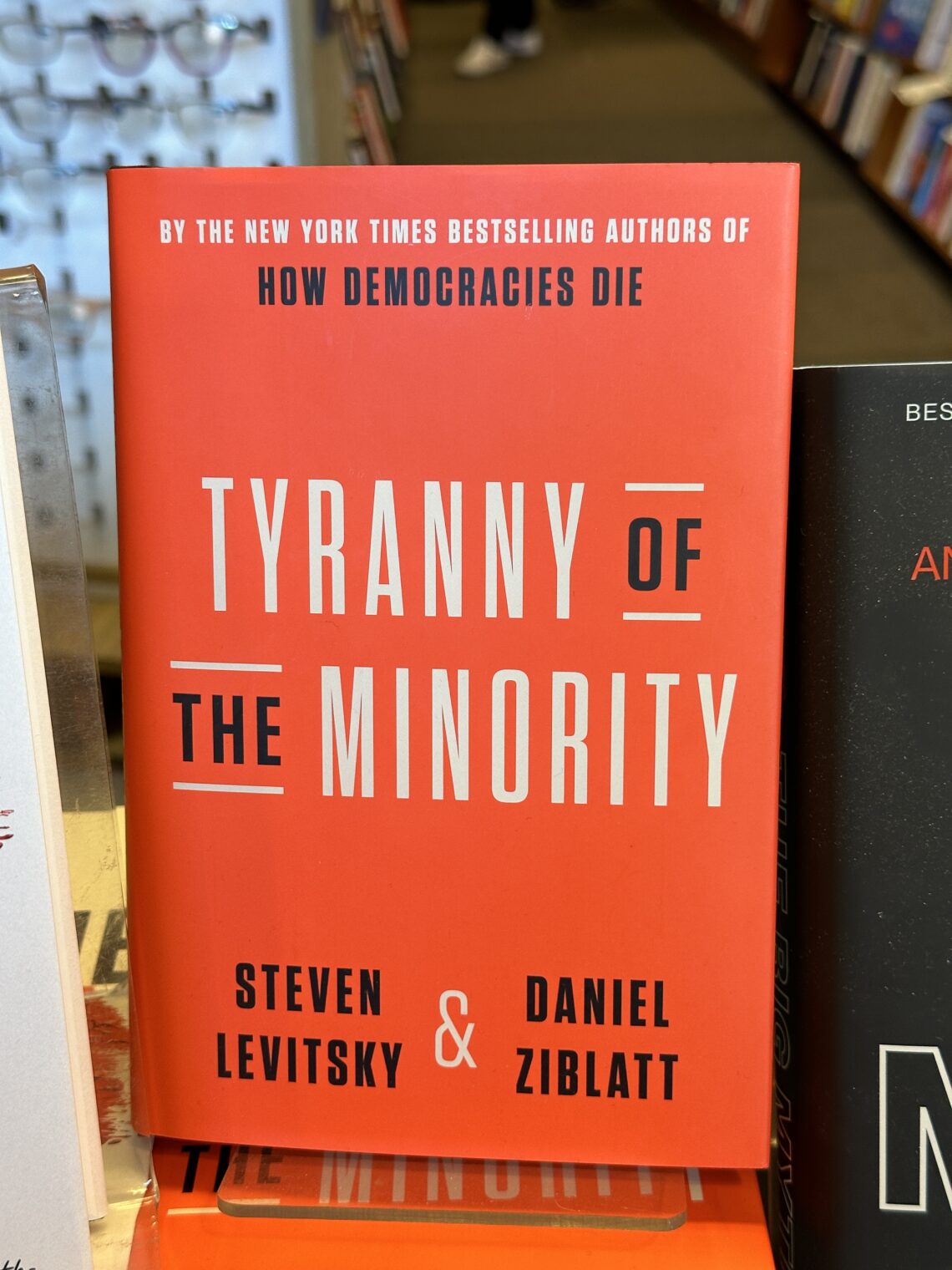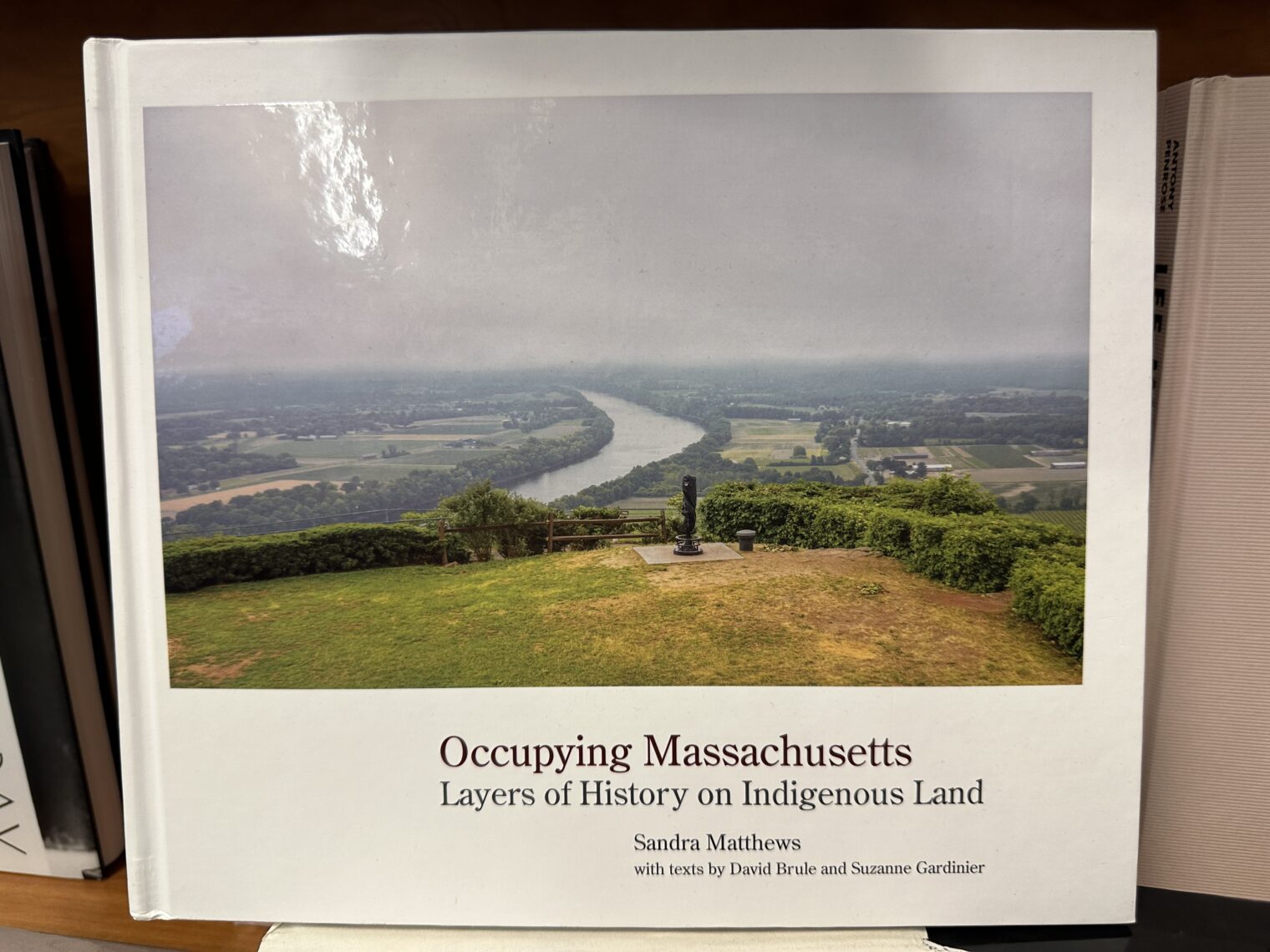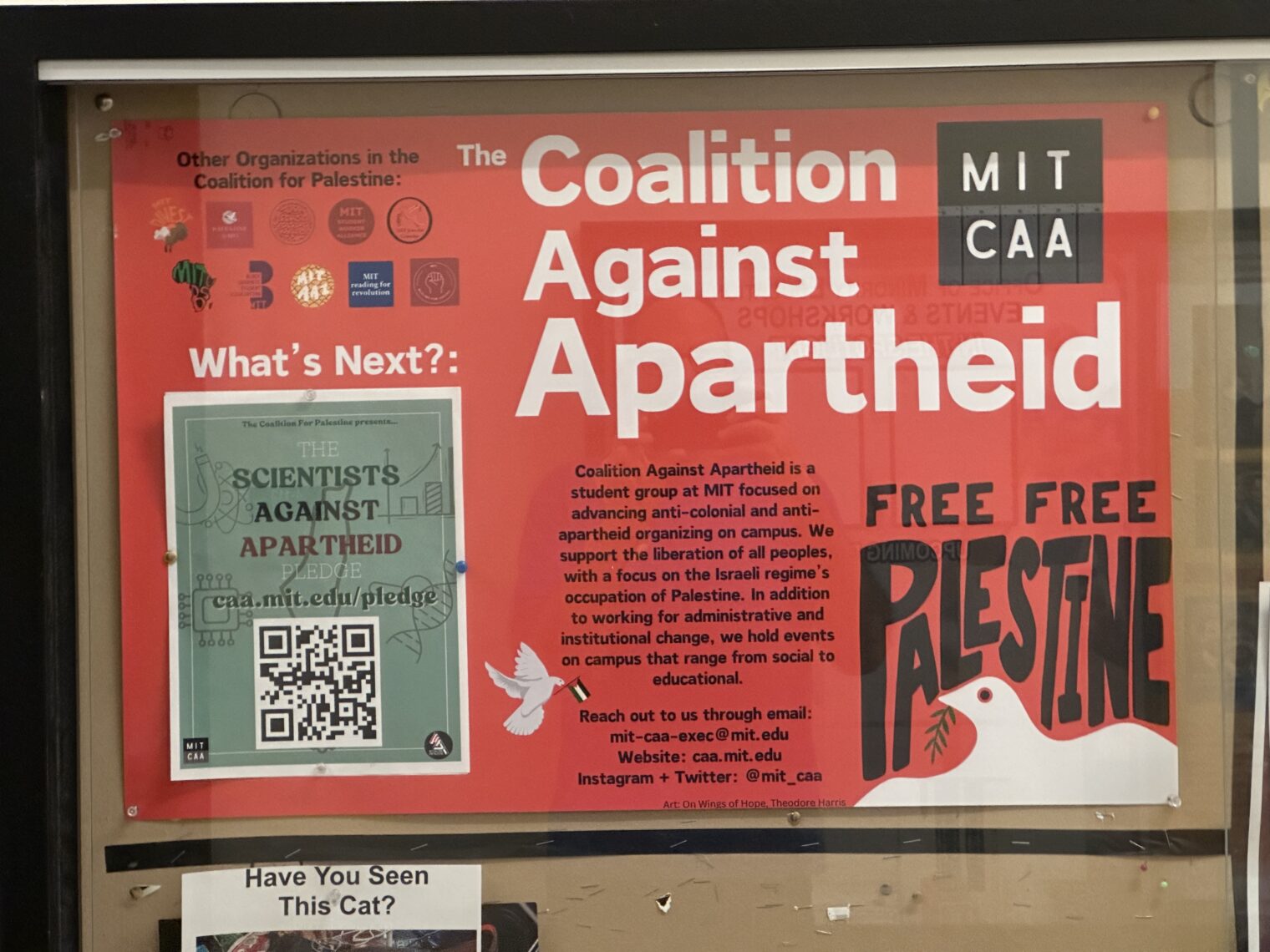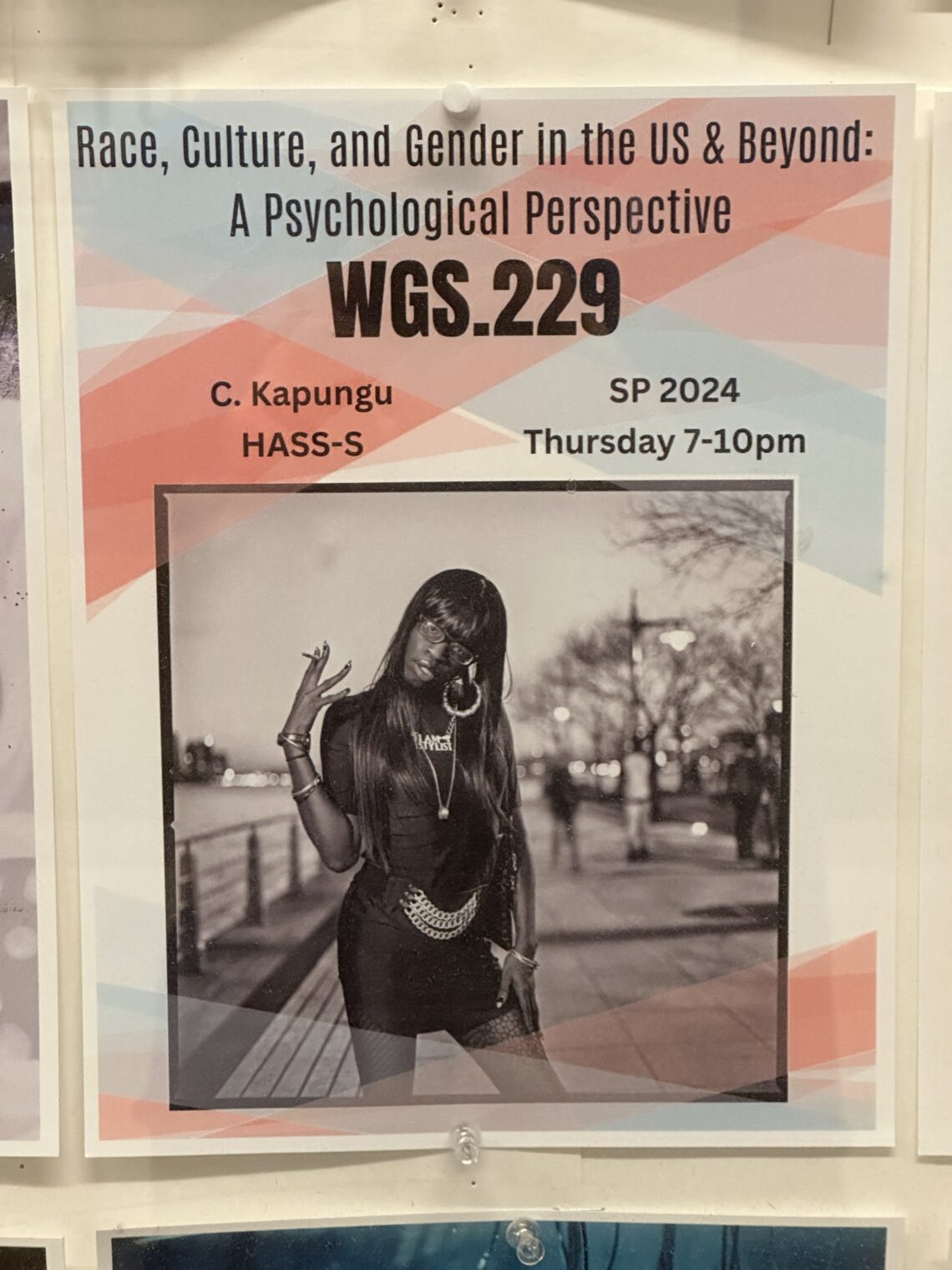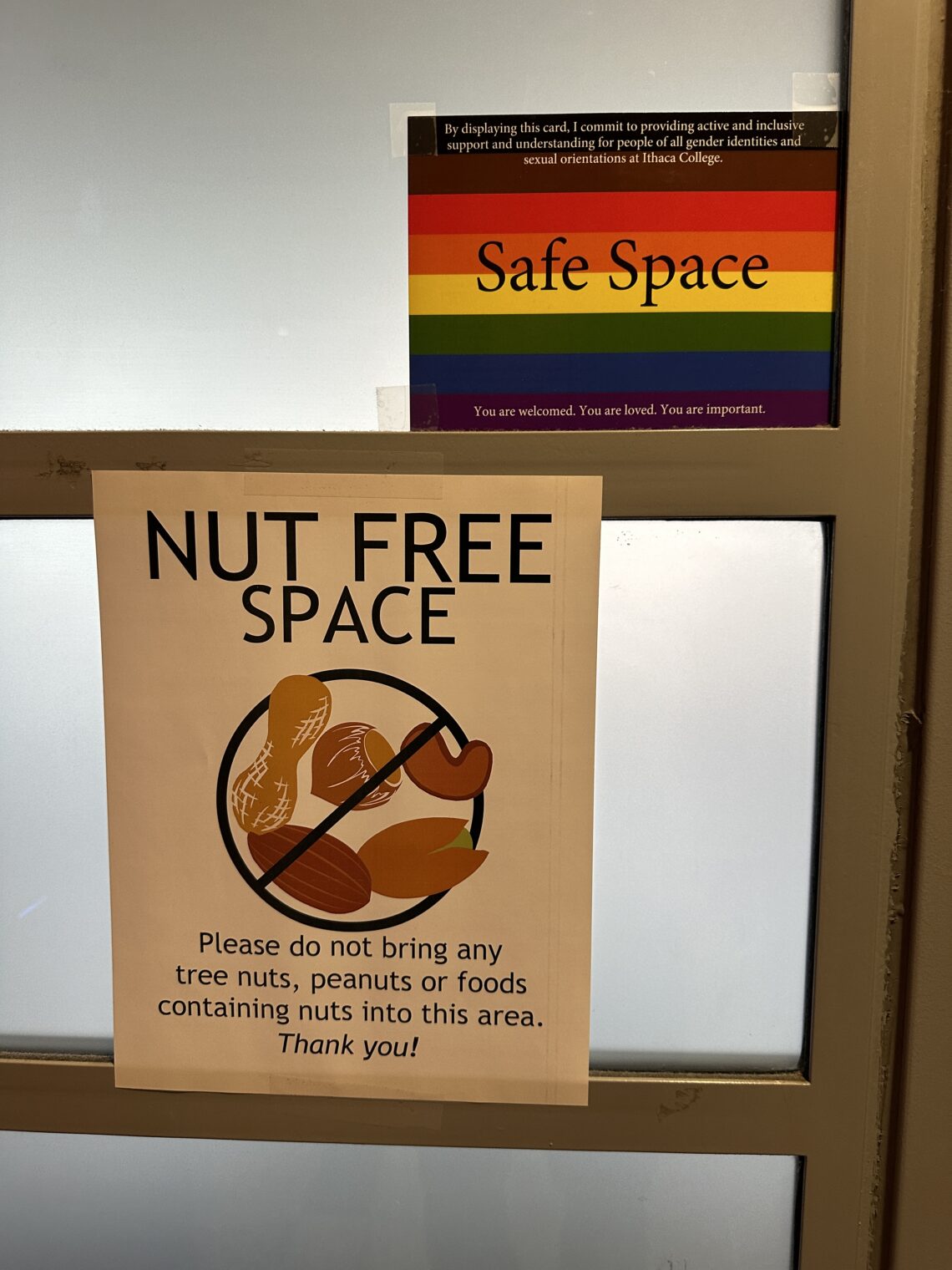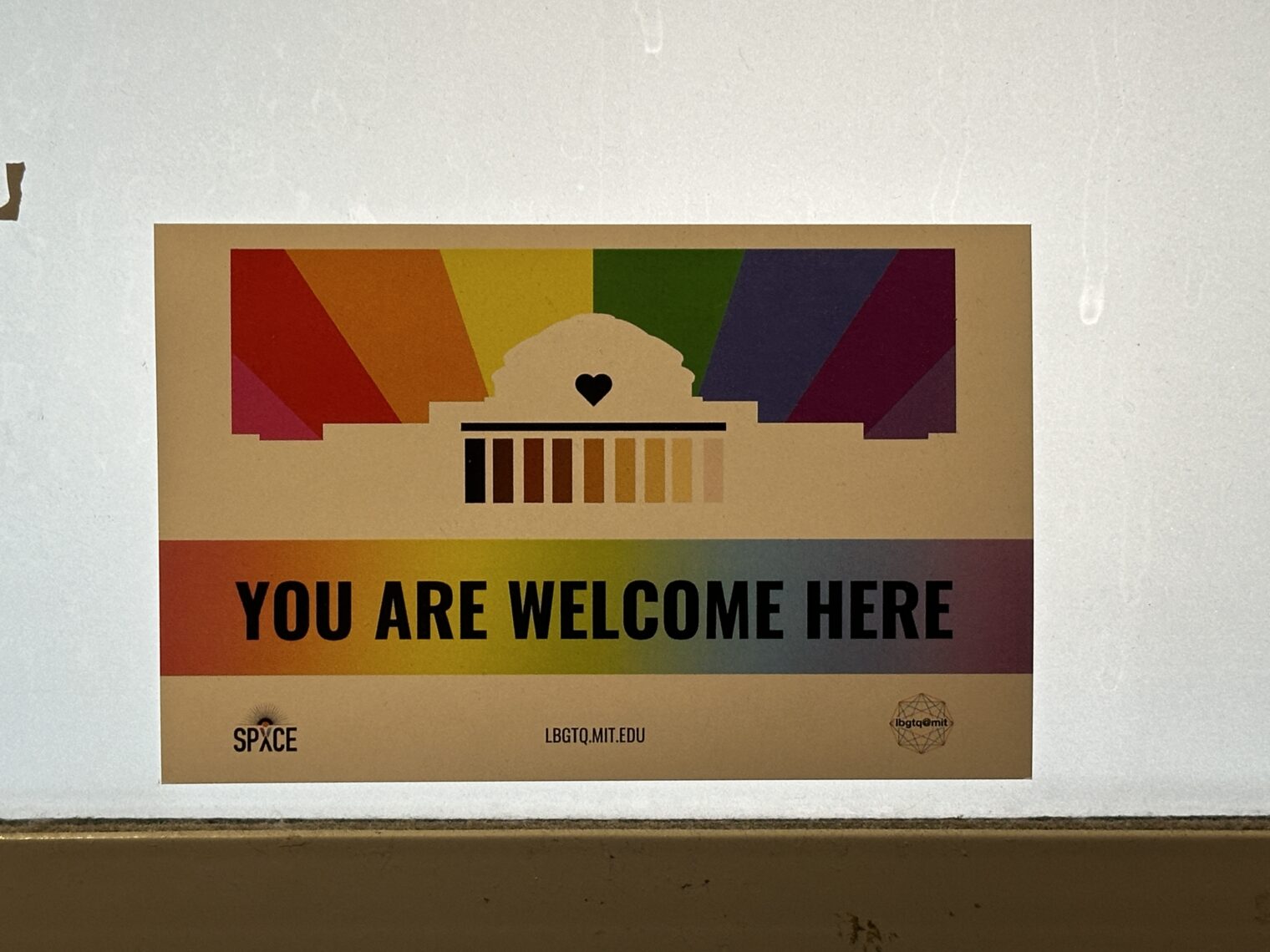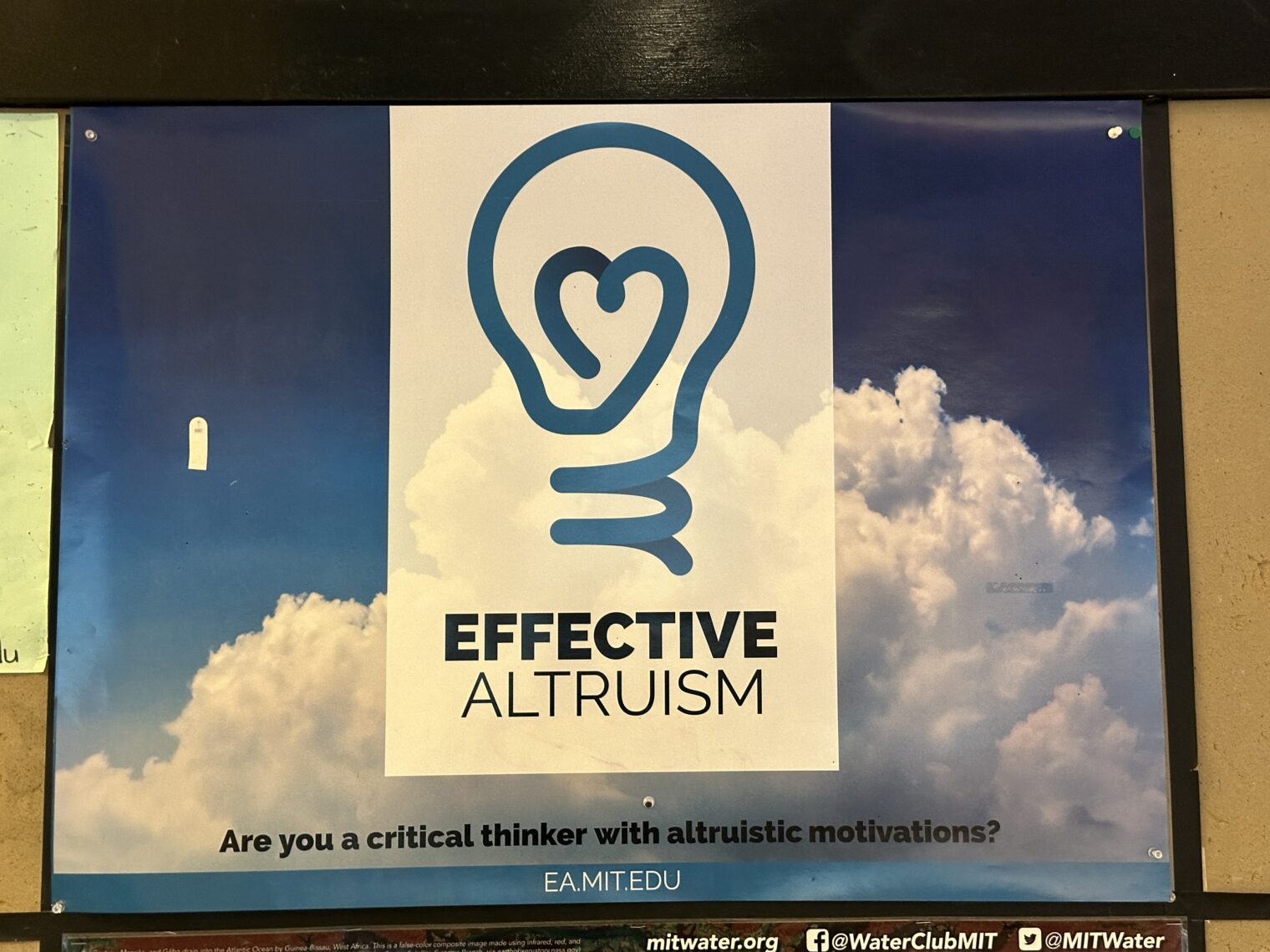It’s the third anniversary of the Greatest Administration in American history. From a conservative point of view, a defining feature of the Biden administration has been rapid acceleration of population growth via low-skill immigration (native-born Americans aren’t being replaced; it is just that the immigrant percentage of the population is at an all-time high). What do Democrats perceive?
Republicans and Democrats these days often seem to express agreement on philosophy but then disagree on facts. With respect to coronapanic, for example, Americans from both parties agree that schools for 10-year-olds shouldn’t be closed when a virus is circulating that kills people at a median age of 82. The disagreement on the school front is now around a fact: Were any American public schools closed in 2020-2021? Democrats say “No. All schools were open all the time.” while Republicans say that big urban school districts, e.g., NYC, Boston, SF, LA, et al., were closed for 12-18 months (and various suburban districts were either closed or half-open on an ineffective “hybrid” schedule).
A similar disagreement seems to be happening right now with the border. Here’s a tweet from the Democrats and my reply:
The U.S. has never enjoyed better border security, as far as the Democrats are concerned. Having seen videos of people walking through the fence and seen statistics on roughly 2.5 million encounters with migrants per year (on the U.S. side of the border, meaning that people got here somehow!), I ask whether the Biden administration has simply decided to leave the border open. Democrats respond that the border isn’t open:
It’s a conspiracy spread by Fox, in fact, that there is any openness to the U.S. border.
The question for today is how Democrats sustain their belief in the fact of a closed border with official U.S. government statistics on the hundreds of thousands of migrants who come through the closed border every month.
Background from Fox:
The Haitian man first arrived at a port of entry in Brownsville, TX in December 2022, where he was deemed inadmissible & released into the U.S. with a future court date.
In September 2023, Boston police arrested him for rape and indecent assault and battery on a disabled person. ICE filed a detainer request with local authorities in Dorchester, seeking his custody, but the request was ignored, and the alleged rapist was released into the community in November. ICE found & rearrested him a little over a week ago.
The Haitian gentleman was “inadmissible” and therefore was admitted. Paging Dr. Orwell?
The Daily Mail features photos of migrants who’ve somehow appeared on the U.S. side of what is, from a Democrat point of view, an entirely closed border:
CNN shows “More than 1,000 migrants wait in line to be processed by US Border Patrol agents after crossing the Rio Grande from Mexico on December 18 in Eagle Pass, Texas.”:
From the a righteous perspective, anything in CNN is true, no? How is a border through which more than 1,000 people cross in one day in one location not “open”?
Full post, including comments








